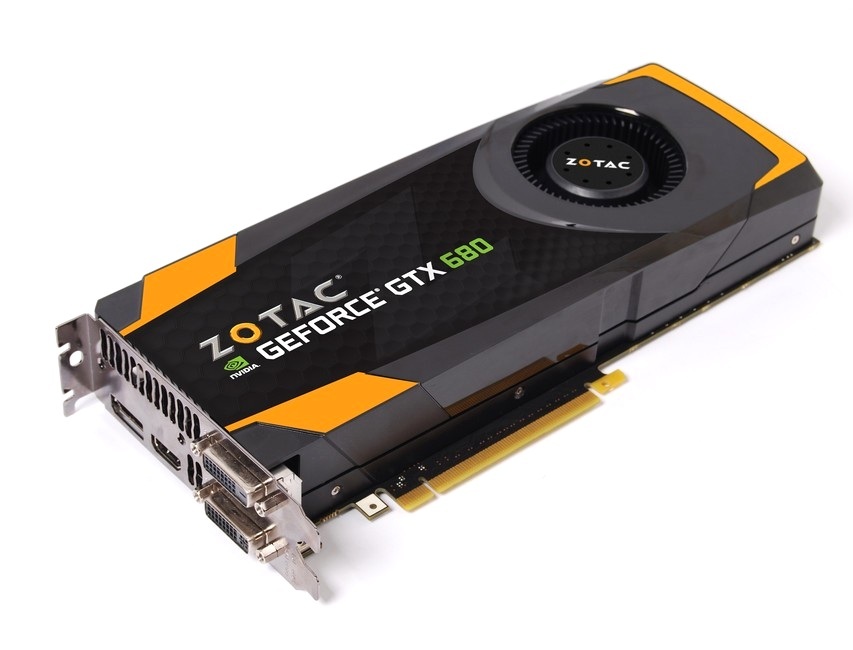I do 3D design work that requires heavy crunching, plus I enjoy gaming. 4 years ago I built a computer and now I feel like its slow compared to my gaming laptop. Plus my 2 TB hard drive is 3/4 capacity, in spite of constantly off loading photos and files to my external backup drive.
Here's my build:
Processor: i9-9900K CPU @ 3.6 GHZ
Motherboard: Asus ROG Maximus XI Hero Z390 LGA 1151 (Intel 8th-9th Gen )
Ram: 16.GB DDR4
Graphic: MSI GeForce GTX 1070 Ti 8GB GDDR5
Storage: Seagate 2TB Firecuda SATA 6Gb/s 7200 RPM 64 Cache Gaming SSHD
Windows 10 pro 64 bit
I think I made a mistake in recently purchasing a Western Digital 18tb RED Pro hard drive naively thinking I could just clone the 2tb and just add the extra space. I've since been schooled in MBR vs UEFI... and my head hurts from trying to understand how to make this work, which it is not. The RED pro is now sitting in its protective wrapping laughing at me.
My end goal here is to see if I can increase my speed and storage capacity, and what is the biggest bang for my buck with the current system that I have.
Should I upgrade my motherboard? or ? Any help would be appreciated.
Here's my build:
Processor: i9-9900K CPU @ 3.6 GHZ
Motherboard: Asus ROG Maximus XI Hero Z390 LGA 1151 (Intel 8th-9th Gen )
Ram: 16.GB DDR4
Graphic: MSI GeForce GTX 1070 Ti 8GB GDDR5
Storage: Seagate 2TB Firecuda SATA 6Gb/s 7200 RPM 64 Cache Gaming SSHD
Windows 10 pro 64 bit
I think I made a mistake in recently purchasing a Western Digital 18tb RED Pro hard drive naively thinking I could just clone the 2tb and just add the extra space. I've since been schooled in MBR vs UEFI... and my head hurts from trying to understand how to make this work, which it is not. The RED pro is now sitting in its protective wrapping laughing at me.
My end goal here is to see if I can increase my speed and storage capacity, and what is the biggest bang for my buck with the current system that I have.
Should I upgrade my motherboard? or ? Any help would be appreciated.





